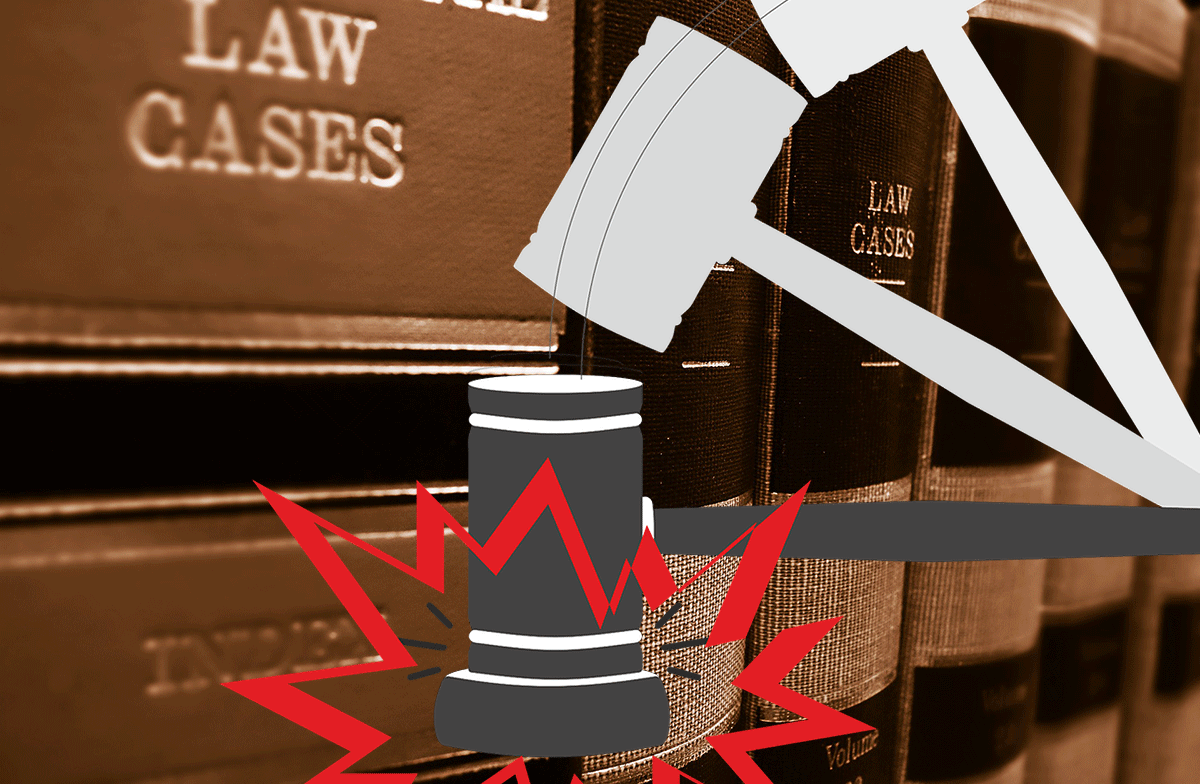For the past few years the Federal Aviation Administration (FAA) has been trying to grapple with the new reality that unmanned aerial vehicles (UAVs) are here to stay. As part of their effort to do so, the organization introduced the “Registration Rule” in 2015, which required owners of drones used for recreation to register their craft. The Registration Rule became a key component of Part 107 and also created a central database to be maintained by the FAA and to be used in case of accidents or incidents.
This development came out of the FAA’s interpretation of the FAA Modernization and Reform Act of 2012, and it didn’t take long for several people to mount a legal challenge against some components of this new set of rules. The lawsuit launched by John Taylor (Petitioner), who is a model aircraft enthusiast and hobbyist in Washington D.C., is the one that’s changed things for the entire drone industry though. Taylor has operated his model aircraft from his home and he wanted to continue to do so without registering or complying with the new flight restrictions.On March 14, 2017 the United States Court of Appeals for the District of Columbia Circuit argued a challenge to the registration process established by the FAA to model aircraft hobbyists. The case was decided on May 19, 2017 and the shock waves that it sent through the drone industry can still be felt.In short, Congress has charged the FAA with maintaining the safety of the nation’s airspace and the control of its air traffic. As small UAVs became more popular, the number of drone-related incidents increased and the FAA enacted the Registration Rule that required anyone operating to register their drone with the FAA and pay $5.00.Mr. Taylor does not think that the FAA had statutory authority to issue the Registration Rule, and the court agreed with him. For both, it all comes back to the FAA Modernization and Reform Act. Section 336(a) of that Act states that the FAA “may not promulgate any rule or regulation regarding a model aircraft.” Judge Kavanaugh concluded in his opinion that “FAA’s Registration Rule of 2015, which applies to model aircraft, directly violates that clear statutory prohibition. We therefore grant Taylor’s petition and vacate the Registration Rule to the extent it applies to model aircraft.”The ruling applies only to those flying their aircraft in accordance with Section 336. This ruling does NOT apply to commercial or public aircraft.To be more specific this ruling only applies to aircraft flying under the following conditions:- Flown within visual line of sight of the person operating the controls
- Flown strictly for hobby or recreational use
- Operated in accordance with a community-based set of safety guidelines and within the programming of a nationwide community-based organization.
- Limited to aircraft of not more than 55 lbs unless otherwise certified through a design, construction, inspection, flight test and operational safety program administered by a community-based organization.
- The aircraft is operated in a manner that does not interfere with, and give way to, manned aircraft.
- When flown within 5 miles of an airport, the operator of the aircraft provides the airport operator and the airport air traffic control tower (if any) with prior notice of the operation.
- AUVSI
- Small UAV Coalition
- Commercial UAV Alliance
- Drone Manufacturers Alliance
- Helicopter Association International
- Drone User’s Group
- Academy of Model Aeronautics















Comments